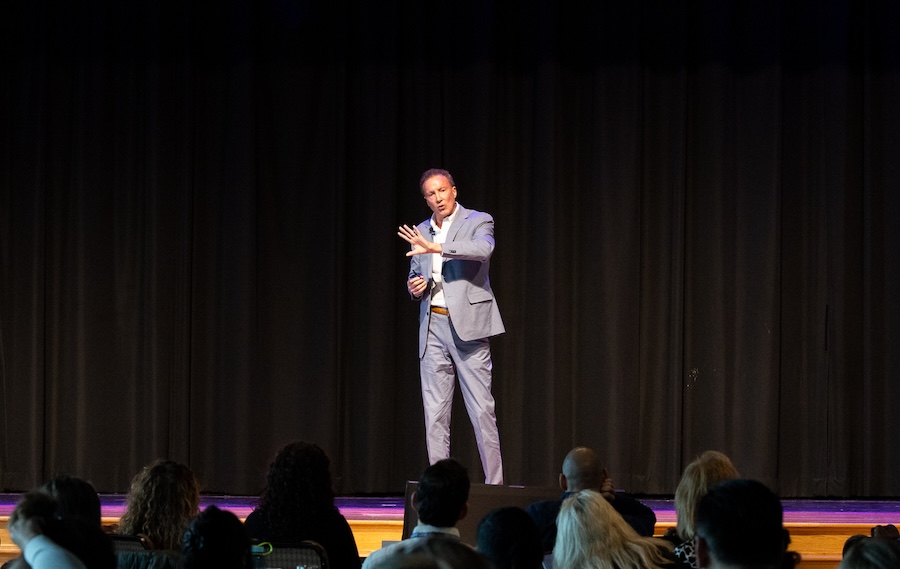How to Solve the Challenge of Corporate Togetherness


“How can a company of three people beat a world leader, or take on big, established organizations?” asked Jim Wolfston, founder and president of CollegeNET.
The answer is connectedness, says Wolfston, who led a thought leadership spotlight at From Day One’s Salt Lake City event. “Connectedness to the mission, to the vision, to their teams, you’ve got to have that in an organization if you want to be the disruptor, not the disrupted.”
But achieving this is harder than you might think, and it’s not just big corporations that struggle with it. In 2023, Surgeon General Dr. Vivek Murthy called loneliness (or disconnection) an epidemic nationwide.
Initially, Wolfston thought the solution could be found in getting to know everyone’s name in his office. He sat down with his HR manager and flipped through the company directory, studying names and faces so he could properly greet people in the hallways.
But personal tragedy showed him that connection was bigger than being on a first-name basis.
“One of my colleagues who I knew for a long, long time, killed himself from loneliness,” Wolfston said. “I realized I wasn’t connected to people like I should or could be. We had to figure out some way to bring our people together, not just for motivation, or for innovation, but for decency, as people.”
What he was searching for was a well-rounded approach to connection, something CollegeNET, as a higher education technology solutions company, had already figured out.

“College application forms [do not encapsulate] the whole person,” he said. “We’ve become a leader in career services with what we call the Intelligent Mirror, a video program that allows you to practice how you come across and to improve how others perceive you. We also use asynchronous interviewing, which makes everything more efficient.” These innovative approaches to interviewing help people express their whole selves, while simultaneously honing their interpersonal skills.
“When you ask questions, what you’re really doing is telling people what you value. You wouldn’t ask a question about something you don’t care about,” he said. “If the company cares about things like innovation, buy-in, motivation, the work you’re doing, they’ll ask those questions. That’s exactly what we’re doing.”
The project is called Focus Ring. Participating employees are asked four questions: first, about what they’ve learned at work; second, how their work matters to other people in their company; third, if there was something someone in their company did for them that they appreciated; and finally, if there was something they did for someone in their company that they’re proud of.
Once answers are submitted, participants evaluate the response scripts from six other employees. “When you answer these questions, you’re developing your articulation skills,” Wolfston said. “But when you evaluate, you get to learn [from your colleagues]. And you get to exercise the very important social skill of listening.”
In practice, Wolfston says employees have shared everything from kind words to Java code they wrote to streamline a project.
When you feel that you matter, your happiness increases, Wolfston says. Additionally, mastery of a subject or process can increase those feelings of happiness. The Focus Ring marries the two: mattering by asking participants to vocalize when they’ve felt important, and mastery by giving participants the opportunity to share something they’ve learned at work. And, of course, it nurtures connectedness.
“This has created a lot of recognition,” Wolfston said. “It’s opened all of these possibilities for us.”
Editor’s note: From Day One thanks our partner, CollegeNET, for sponsoring this thought leadership spotlight.
Jacqueline is a writer and Master of Accounting graduate from the University of Utah. When she’s not in Excel or writing an article, she loves to run, play Candy Crush, and read novels.
The From Day One Newsletter is a monthly roundup of articles, features, and editorials on innovative ways for companies to forge stronger relationships with their employees, customers, and communities.